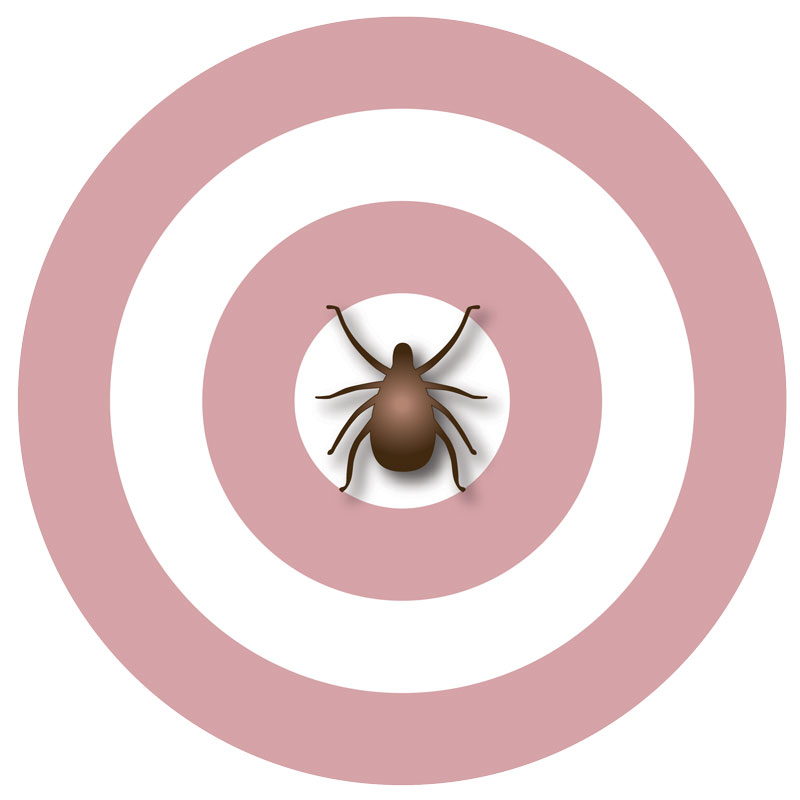Well, it’s that time of year again. The snow is beginning to melt and crocuses and daffodil bulbs are breaking the ground. It’s also that time of year where we all need to become vigilant about Deer Ticks (Ixodes scapularis), which are emerging from their winter hibernation and crawling about looking to latch on to warm-blooded creatures like white footed mice, chipmunks, birds, white tailed deer, cats, dogs and humans. Lyme coinfections such as Erlichiosis, Babesiosis and Bartonella may also be transmitted. The CT Department of Health reports 3,000 cases to the CDC, but CDC estimates the rate to be ten times that.
Of course, with any illness, prevention is key. Measures include daily tick checks of your skin; socks over pants with outdoor activities; long sleeves with rubber bands or elastic at the cuff; caution around property borders, stone walls and hedges when doing yard work or gardening; checking outdoor cats and dogs for ticks; locating play scapes away from the borders of your property; and spraying of properties in areas of high infestation (naturally derived spraying from licensed contractors are available). Daily skin checks are quite important, as removal of deer ticks less than 24 hours after attachment results in near zero risk of infection. Even 36-48 hours of attachment give a low probability of infection.
Most people in the Northeast are familiar with the symptoms of Lyme disease, which include fever, chills, stiff neck, circular or oval bullseye rash, fatigue, headache and musculoskeletal pain. Lyme is a great mimicker of other diseases and 30% or more people will not develop the characteristic Chronic Erythema Migrans (CEM) rash. Diagnosis should primarily be done by history and clinical presentation. Unfortunately, laboratory diagnosis is far from perfect and lab tests are often done too early before the onset of detectable antibody formation in the serum. Standard investigation involves a two-step utilization of first Enzyme immune assay (EIA) and then reflex to IGM/IGG immunoblot testing. There are also urine tests which look for spirochete DNA after antibiotic provocation and indirect blood tests which detect activated T-cells responding to Lyme spirochetes.
While the existence of Chronic Lyme Disease is a very controversial concept debated between the allopathic infectious disease specialists and providers like Lyme literate MDs and Naturopathic Physicians, I believe that there are many individuals whose diagnoses are missed and go on to develop Chronic Lyme Disease. Those individuals can develop chronic joint pain, headaches, fatigue, cognitive difficulties and in some cases psychosis and neurological symptoms that mimic MS.
Standard allopathic treatment involves administration of one antibiotic, usually doxycycline or amoxicillin for 10 days to 3 weeks. Naturopathic Physicians acknowledge that Lyme disease, espe-cially Chronic Lyme Disease is a systemic illness affecting the skin, joints, cardiovascular system and central nervous system, and thus requires a holistic approach. In my practice, I utilize a variety of anti-spirochetal and immune boosting herbs such as Smilax, Uncaria, Andrographis, Dipsacus, Echinacea, Lomatium and Astragalus. These are in the form of 1:1 strength tinctures (alcohol /water herbal ex-tracts) and individually formulated along with immune supporting formulas containing medicinal mushrooms, vitamins and minerals and homeopathic Lymes nosode. High potency multi-strain probiot-ics are very important for restoring the intestinal microbiome after antibiotics and as immune support.
One could also consider adding Resveratrol, a natural bioflavonoid found in grape skins. Natur-opathic Physicians also take into consideration the effects of environmental chemicals and heavy met-als which can suppress the immune system, and use herbs that stimulate liver function like milk thistle, dandelion root and burdock root. Hydrotherapy such as Infrared sauna followed by a cold sheet/wool blanket wrap stimulates circulation, immune function and heavy metal detoxification, all of which can potentially aid the patient with Chronic Lyme disease. Prayer and meditation can also support immune function
I have had both acute and chronic cases of Lyme Disease which have responded to the above treatments, with and without the concomitant use of antibiotics. Each case is individual, and adjustments need to be made according to the response, but the common thread in treating Chronic Lyme is that it can take time; up to 6-9 months to clear symptoms.
So, what does the future hold for diagnosing and treating Lyme Disease? We are in need of affordable laboratory tests which can accurately and quickly diagnose both acute and chronic Lyme Disease, so that providers can know when to treat and judge treatment effectiveness. We need more effective antibiotics and antispirochetal botanical extracts. One such herb which I studied at a recent Ethnobotany conference in Jamaica is Achyranthes aspera (Devils ass-whip), which based on its indications and actions may also be potentially very beneficial in Lyme formulas. One can hope that the future will bring much improved diagnosis and treatment, including Naturopathic Medical care, for this endemic, vexing and often disabling disease.
Robert M. Murphy RN, ND maintains a private practice at the Center for Natural Medicine, LLC, Watertown, CT and is an adjunct clinical professor at the University of Bridgeport College of Naturopathic Medicine. For more information, contact 860-945-1004 or www.centerfornaturalmedicine.net.
